.
The Death of the Leviathan
The monster finally meets its doom:
Sound out the death-knell, light the pyre!
The depths are ready for its tomb—
Now let the wretch at last expire!
Sound out the death-knell, light the pyre
Where all the putrid flesh shall burn;
Now let the wretch at last expire
As its effusions ooze and churn.
Where all the putrid flesh shall burn,
The beast collapses with a crash.
As its effusions ooze and churn,
The carcass chars away to ash.
The beast collapses with a crash;
No longer shall its toll accrue.
The carcass chars away to ash.
What phoenix shall spring forth anew?
No longer shall its toll accrue.
Now come the unfamiliar woes:
What phoenix shall spring forth anew
For our rejoicing at its throes?
Now come the unfamiliar woes,
So mourn our now-departed scourge.
For our rejoicing at its throes,
Resound a paean, not a dirge!
So mourn our now-departed scourge:
The depths are ready for its tomb.
Resound a paean, not a dirge:
The monster finally meets its doom!
.
.
Adam Sedia (b. 1984) lives in his native Northwest Indiana and practices law as a civil and appellate litigator. In addition to the Society’s publications, his poems and prose works have appeared in The Chained Muse Review, Indiana Voice Journal, and other literary journals. He is also a composer, and his musical works may be heard on his YouTube channel.



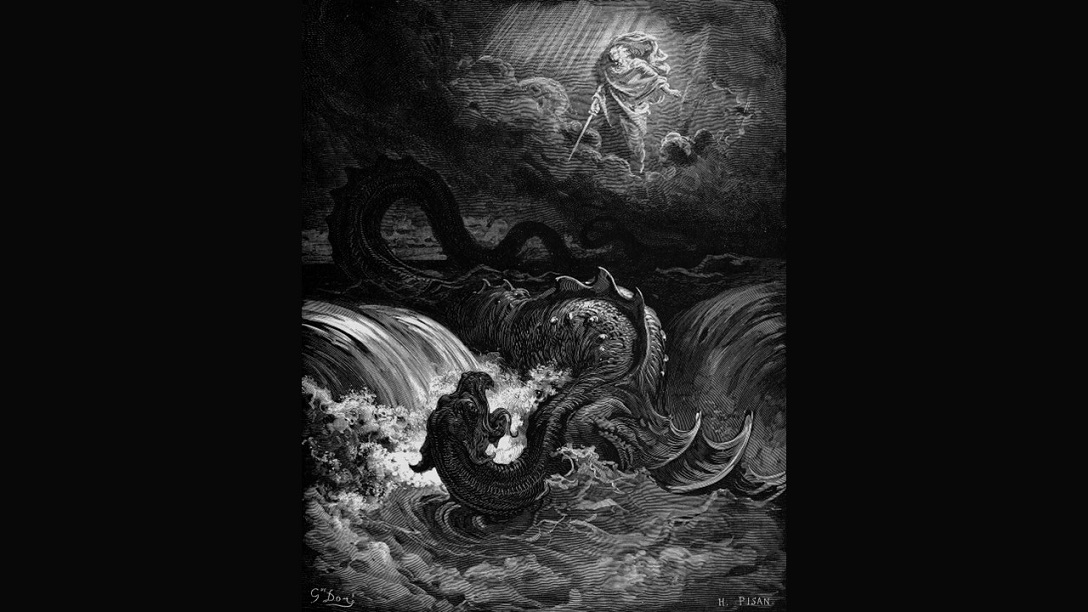
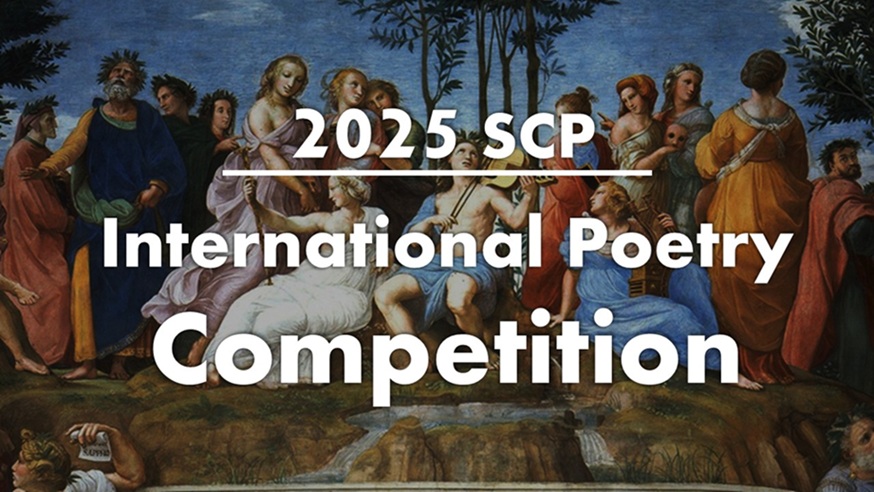
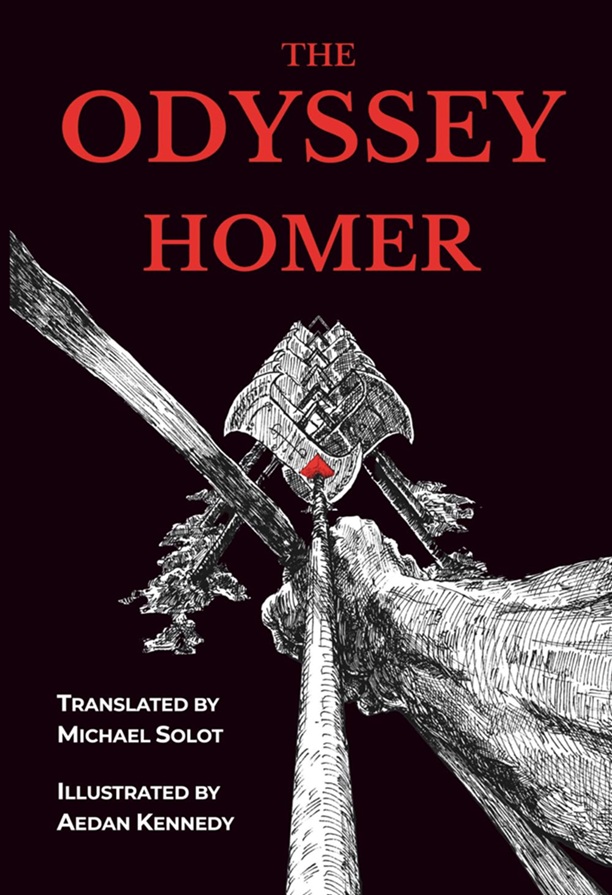

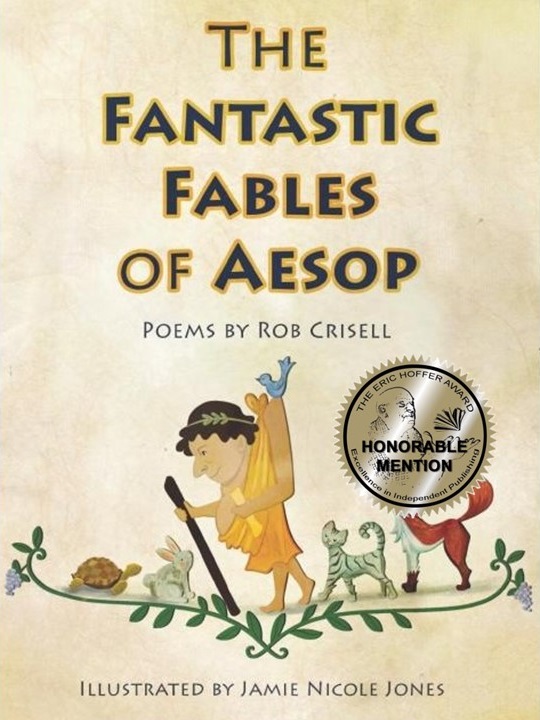


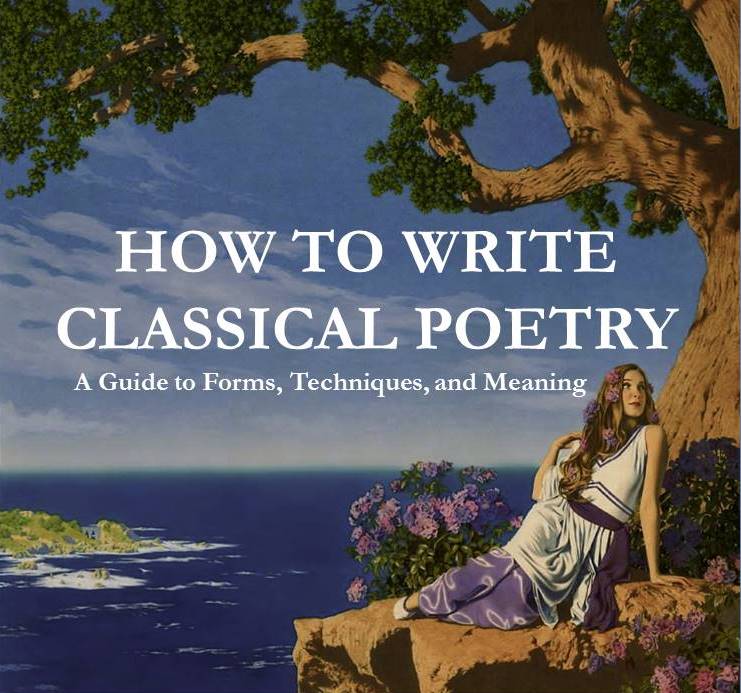




Loved the rhyming words and quite unusual a theme for a pantoum. Bravo!
Best wishes.
The destruction of a horrible, evil, and disgusting monster lies at the very heart of Indo-European mythology and psychology. Humbaba, Typhoeus, the Cyclops, Fafnir, Grendel, the Hydra, Geryon, the Sphinx, Ravana — the list of hideous beings is endless!
This is the core of our cultural heritage: to kill the loathsome and poisonous OTHER, and to consign it to the flames. Thank you, Adam!
If anyone is interested, see the wonderful book by Calvert Watkins, one of America’s most outstanding Indo-Europeanist scholars. The book is “How to Kill a Dragon” (Oxford University Press, 1995).
You make an insightful observation. I would only add: the beast must be KILLED, not compromised with or even confined. The destruction has to be absolute to achieve liberation in the end. That’s what the poem is celebrating.
I’ll be sure to check out the book. I always enjoy your recommended reading.
An adventure that galloped along.
Thanks for the read, Adam.
Ive never been able to come up with a villanelle or pantoum without it sounding repetitive. Kudos, friend. It makes one wish there were more of those real-life leviathans, juggernauts, etc., which seem to terrorize us daily to bury, but alas, they all seem to be doing better than ever.
Thank you! Writing a pantoum was much harder than I thought it would be. I’m glad you found it convincing.
To give you an idea of the persistence of our leviathans, I wrote this in probably 2014-2015, when I thought they would actually be expiring. Never underestimate the will to power.
Clever use of repetitive phrases that fit together so elegantly. Well done!
This is just beautiful, and has such a triumphant sound!